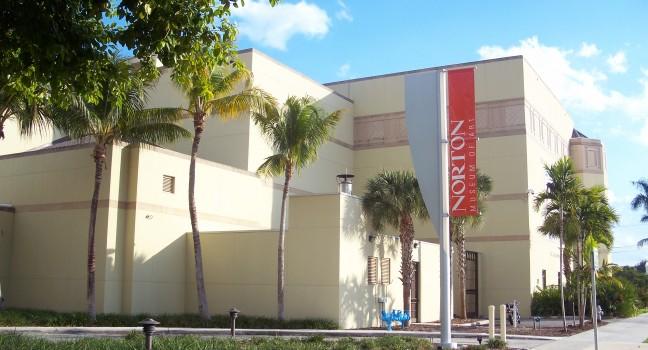Blowing Rocks Preserve
Managed by the Nature Conservancy, this protected area on Jupiter Island is headlined by an almost otherworldly looking limestone shelf that fringes South Florida's most turquoise waters. Also protected within its 73 acres are plants native to beachfront dunes, coastal strands (the landward side of the dunes), mangrove swamps, and tropical hardwood forests. There are two short walking trails on the Intracoastal side of the preserve, as well as an education center and a butterfly garden. The best time to come and see the "blowing rocks" is when a storm is brewing: if high tides and strong offshore winds coincide, the sea blows spectacularly through the holes in the eroded outcropping. During a calm summer day, you can swim in crystal clear waters on the mile-long beach and climb around the rock formations at low tide. Park in one of the two lots, because police ticket cars on the road.






